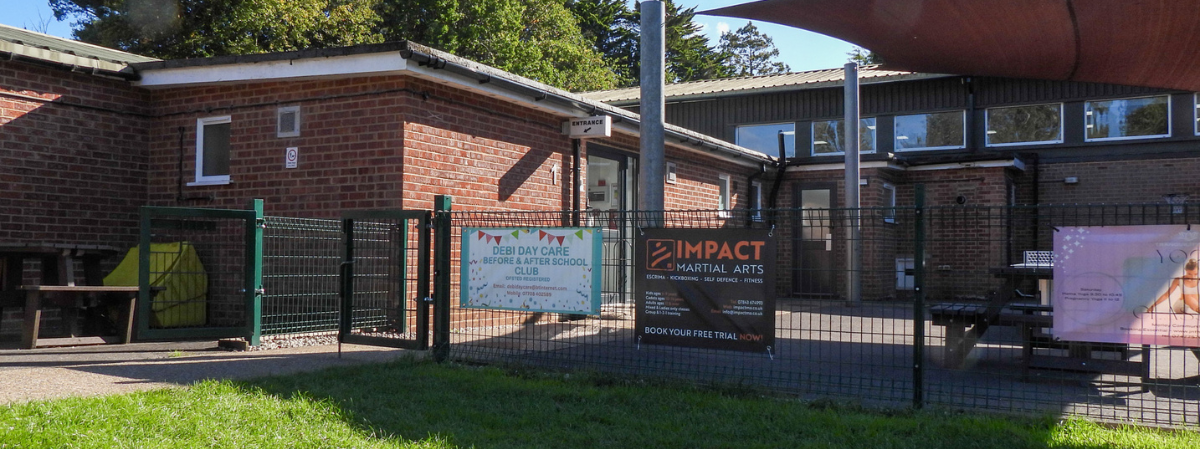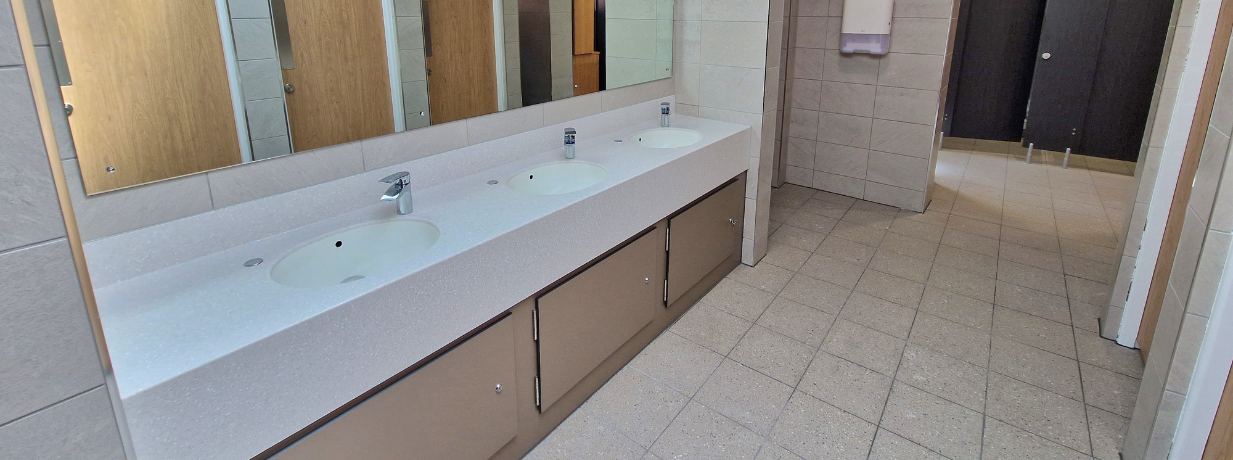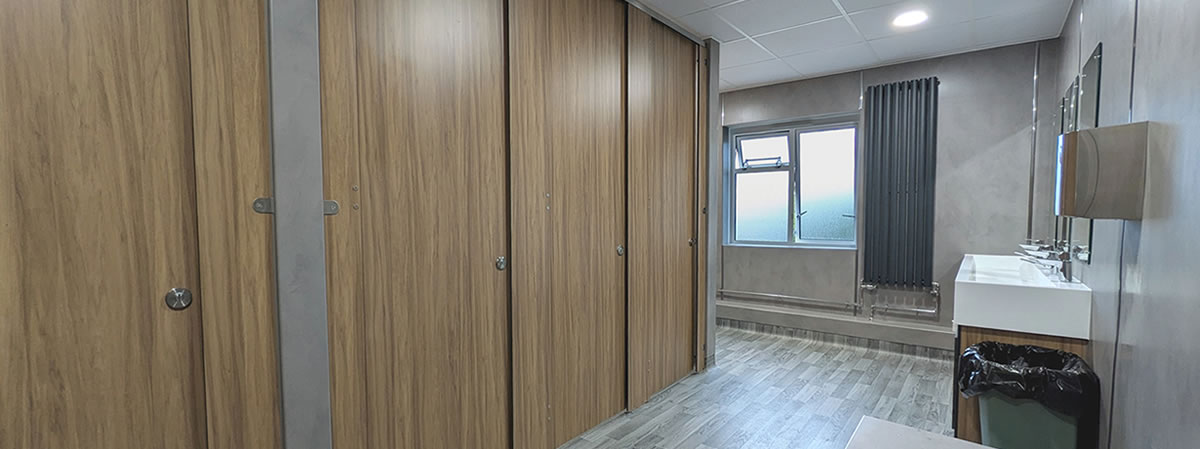Low Level Toilets
Why go for low level toilets?
Low-level toilets are commonly used in commercial washrooms as they allow installers to adjust the distance that the toilet pan is installed from a wall. Low-level toilet cisterns are usually ceramic and are installed directly on a rear wall, giving you more flexibility when it comes to the placement of your toilet bowl. Low-level toilets are also popular for their period-style appearance and exposed pipe, which adds another decorative feature to bathrooms.
Whether you are replacing an existing damaged low-level toilet or installing a new one, we have a wide range of options to suit your individual needs as well as toilet accessories such as toilet seats and flush controls. From finding a low-level toilet to suit commercial washrooms in schools, offices and other commercial settings to adding style to your period-inspired bathroom, we have high-quality products for each location. The pans can be purchased individually or as a pack to include a toilet cistern and toilet seat, depending on your individual low-level toilet needs.
We also sell a range of low-level Doc M toilets which are specially designed for users with disabilities or mobility issues. So, no matter what type of bathroom you’re looking to refurbish and what your users’ needs are, we have a low level toilet option for you.
Here at Commercial Washrooms, we sell a wide range of commercial toilets, including back to wall, wall hung and close coupled toilets. If you’re after something specific and cannot see it on our site, or if you have any queries about our products, then please ring or email our experienced sales team who will be pleased to help any way they can.
Low level toilet FAQS
What is a low-level toilet?
Inspired by the Victorian era, a low-level toilet has a ceramic cistern, which is fitted at a low level on the wall and is connected by an exposed flush pipe. They are often confused with close-coupled toilets, which do not have an exposed flush pipe.
To help outline the differences between a close-coupled toilet and a low-level toilet, please see the below table:
|
Details |
Low level toilets |
Close coupled toilets |
|
Where the cistern is located |
Above the toilet bowl, connected by a flush pipe |
Above and attached to the toilet pan |
|
Where the flush controls are located |
Typically on the side of the cistern |
On top of or next to the toilet cistern |
|
Type of style/design |
Traditional and inspired by the Victorian era |
Modern |
Overall, a close-coupled toilet is a modern-styled toilet which is more compact than a low-level WC (as they typically sit against a wall, so they have a smaller projection). Still, the type of toilet which best suits your washroom will depend on a number of factors, such as your bathroom’s style.
The low-level toilet flush pipe is the pipe which carries clean water from the toilet cistern to the pan when a user flushes. This is different from the soil pipe. As you can see in the image below, the low-level WC by Blanc features a white plastic flush pipe, but the flush pipe of these types of toilets may also be made of attractive metal.
How does a low-level toilet cistern work?
Low level toilet cisterns involve the toilet cistern and toilet bowl being joined by a short flush pipe, this means that the cistern will sit just above and behind the bowl.
Typically, a low-level toilet cistern will be fixed to a wall with brackets. This means that it will be important for you to have a secure wall with fixing bolts to ensure that your cistern is securely attached.
Find out more about how toilet cisterns work in our blog.
How to fit a low level toilet cistern
It’s easier to fit a low-level toilet cistern as there isn’t usually much concealed work involved. Firstly, you should prepare the soil pipe position for the pan (if your soil pipe is fixed, you can find toilet pan connectors to help with installation).
Low-level toilets will usually need the cistern to be fixed to either a wall or reinforced stud wall and can be fixed with brackets. Fixing bolts should then be used to ensure that the cistern is securely fixed to the wall. Please note that fitting instructions may vary depending on the brand and manufacturer.
Can you change a low-level toilet?
Yes, should you wish to change your low-level toilet (i.e. for a close coupled toilet), you can do this by moving your outgoing pipework in your washroom’s wall or floor.
What are the advantages of low level toilets
Low-level toilets have a range of benefits to bring to any bathroom. Here are just some of the advantages:
-
They’re stylish - low-level toilets bring an attractive period element to traditional bathrooms, and the exposed flush pipe brings another decorative opportunity. You can find a low-level WC with a chrome, stylish metal or gold finish.
-
They’re practical - it’s easy to access the cistern, which is within reach, and the lid just needs to be removed. They are also more compact than high-level toilets, freeing up more space in your bathroom.
-
Low-level toilet cisterns can easily be concealed - if you only wish to have your flush buttons and toilet bowl in view, you can easily conceal the short flush pipe connecting the toilet bowl to the cistern.
-
They give you more freedom when positioning toilets - a low-level WC will give you more options when it comes to how and where you place your toilet bowl compared to close-coupled toilets (where cisterns are directly attached to the toilet bowl). This is because the flush pipe enables you to have a distance between the toilet pan and the cistern. For example, you could place the toilet in a corner without much issue.







